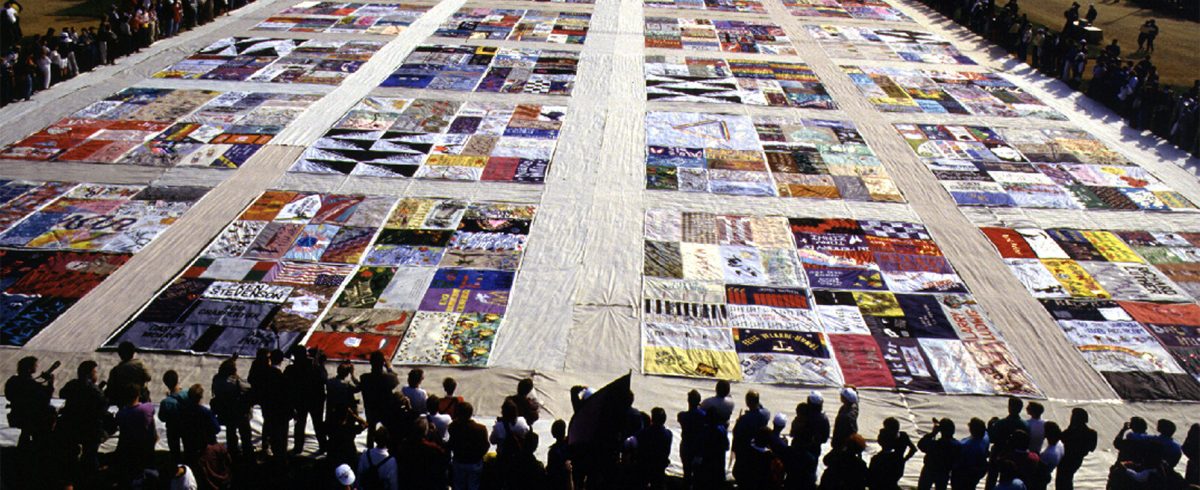My notes continue. I have many through the years, but I want to pick out some that you may find interesting.
It was Peggy Ferro, who told me to come with her to a workshop, ”Care for Caregivers”, lead by Raymond Jacobs from Gay Men’s Health Crisis in New York.
I talked to him, and he said I could take part as an observer.
I have written about this before, when I have written about John LoCoco, but I will mention him again and only a few of the things that we did.
We sat in circles, and Raymond Jacobs asked us to think 5 years ahead, Realistically.
John LoCoco said that he would probably not be here, but that he was hoping for compassion and empathy.
Several of the others had the same thoughts, that they wouldn’t be there.
The next assignment was to think about the relationship to the to AIDS patient.
”There are assholes. They were assholes before, and they will continue to be assholes. But you must find a way to deal with your patient. Always.”
”But how do you do it, when they are so difficult?”
”Be true. Try to find similarities. ”
He talked about love, tolerance and patience, and then he asked about emotions.
”What emotion stands in the way of your work? ”
Fear, was the emotion that was mentioned the most. Having lost a whole generation of men that were free and full of love, as one man said.
Fear of being inadequate, fear of loving the patients too much, fear of getting too involved, and of suffering. Fear of having colleagues with AIDS.
Guilt was another word – guilt, when one takes care of oneself.
Later he wanted us to talk about good feelings.
John LoCoco mentioned that he was going to speak to Pope John Paul II, the next day. John was one of the people with AIDS that had been chosen to meet the Pope, and he had a real desire to connect with the Pope. He wanted to tell the him to be ”more Christ like”, and he actually did.
In the last exercise we were asked to imagine a person in in front of us, and we were to tell that person why we volunteer or work with AIDS.
”Your payback, for doing this. What is it?”
I don’t remember who I looked at, but for me the payback was working like this, meeting people, writing and traveling.
This workshop was filmed, but I don’t know who did the filming, but as I looked for it, I found a lot of interesting material -also interviews and programs with Raymond Jacobs and others, at The New York Public Library, ” AIDS Activist Videotape Collection, 1985-2000 – NYPL Archives”. They say there were films also made in LA and SF for example – but I do not know where.
I met Raymond Jakobs one more time – in Stockholm, probably in connection with the 4th International AIDS Conference in Stockholm, 1988.
He was leading a workshop with volunteers, at Noaks Ark. I think one can say it is equivalent to Gay Men’s Health Crisis, and I took part as a volunteer this time.
As I mentioned in my previous post, the model Sighsten Herrgård had come out as being ”a person with AIDS”. He had many friends, and among them royalty, our present King´s sister, Princess Christina.
They had both talked at an AIDS gala on television, and after that many people had contacted Noaks Ark, wanting to be volunteers. And some of them took part in this training.
When we came to the part when we talked about why we do it and payback, something happened.
Two older women told us they had volunteered because they wanted to save the homosexual men and help them when they died, and there was talk about Jesus.
Raymond Jacobs immediately told them off, and both of them were asked to leave Noaks Ark. It was quite emotional, and dramatic.
Raymond Jacob died in 1983, he was 45 years old.
